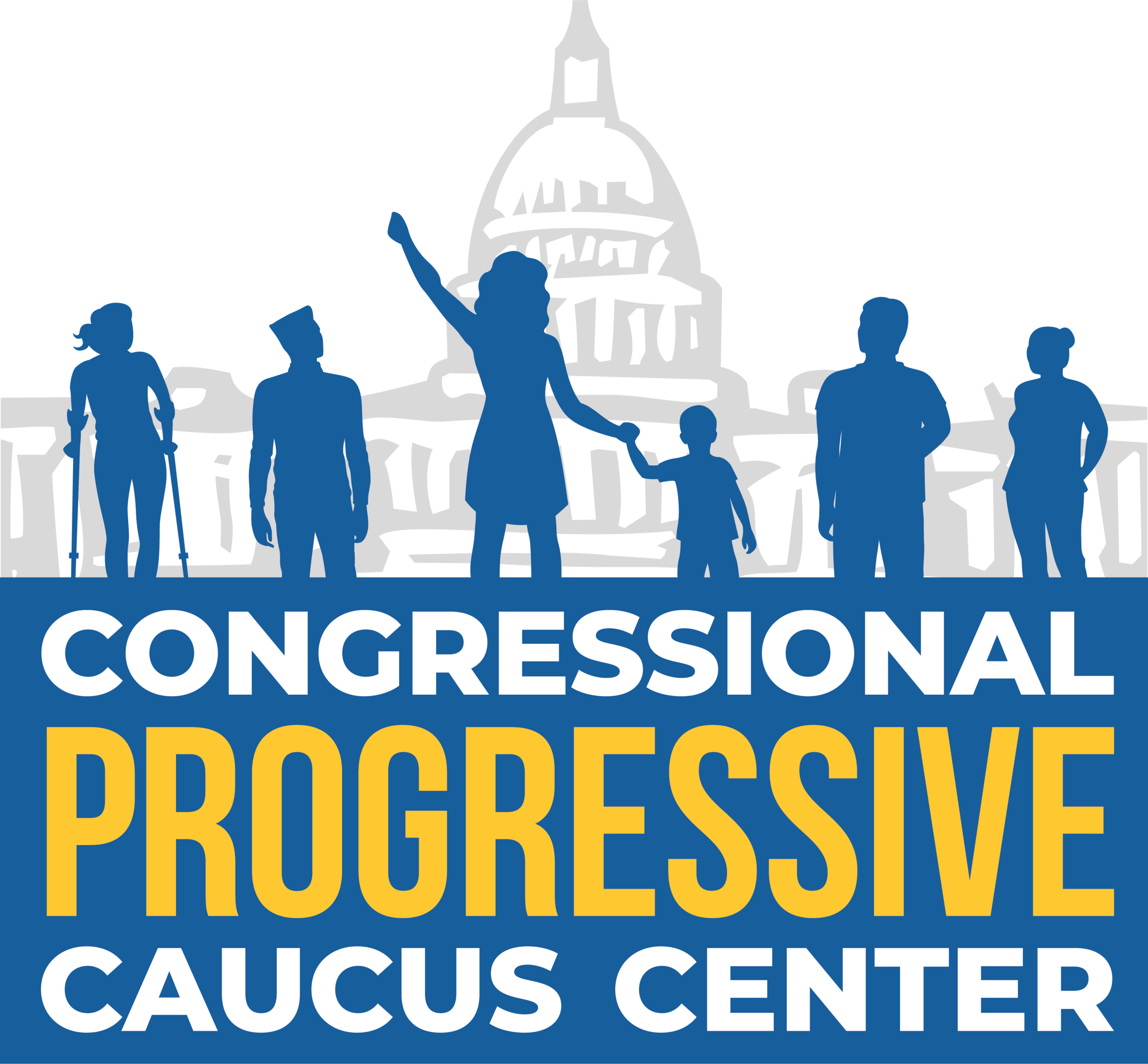Avoiding a Manufactured Debt Limit Crisis
Last Updated: July 2, 2021
Ten years ago, the U.S. was slowly recovering from the Great Recession. Elevated unemployment, declines in tax revenue, and necessary stimulus spending increased federal debt. Congress needed to increase the statutory debt limit to finance spending that it had already authorized and appropriated to boost the economy and keep basic government functions running. However, deficit hawks in Congress used a looming debt default as leverage to force budget cuts, slowing the economy’s recovery.
Now, as the U.S. emerges from the COVID-19 pandemic, the specter of the debt limit once again threatens investments necessary to rebuild and recover. Millions of families fell behind on rent and mortgage payments, businesses shut down, and students lost crucial in-person learning time. Unfortunately, historically underrepresented communities bore the brunt of the COVID-19 pandemic. In order to successfully build back, Congress cannot play political brinkmanship with the lives and livelihoods of families across the country.
Congress created the debt limit and, by extension, manufactured the repeated debt limit crises in recent years. The current suspension of the debt limit expires on July 31, 2021. Congress must act soon to prevent a financial crisis that would imperil recovery from the COVID-19 pandemic. Fortunately, the annual budget resolution can fast-track changes to the debt limit, even in the absence of bipartisan cooperation. The scale of that change will determine the country’s ability to avoid another unnecessary crisis.

